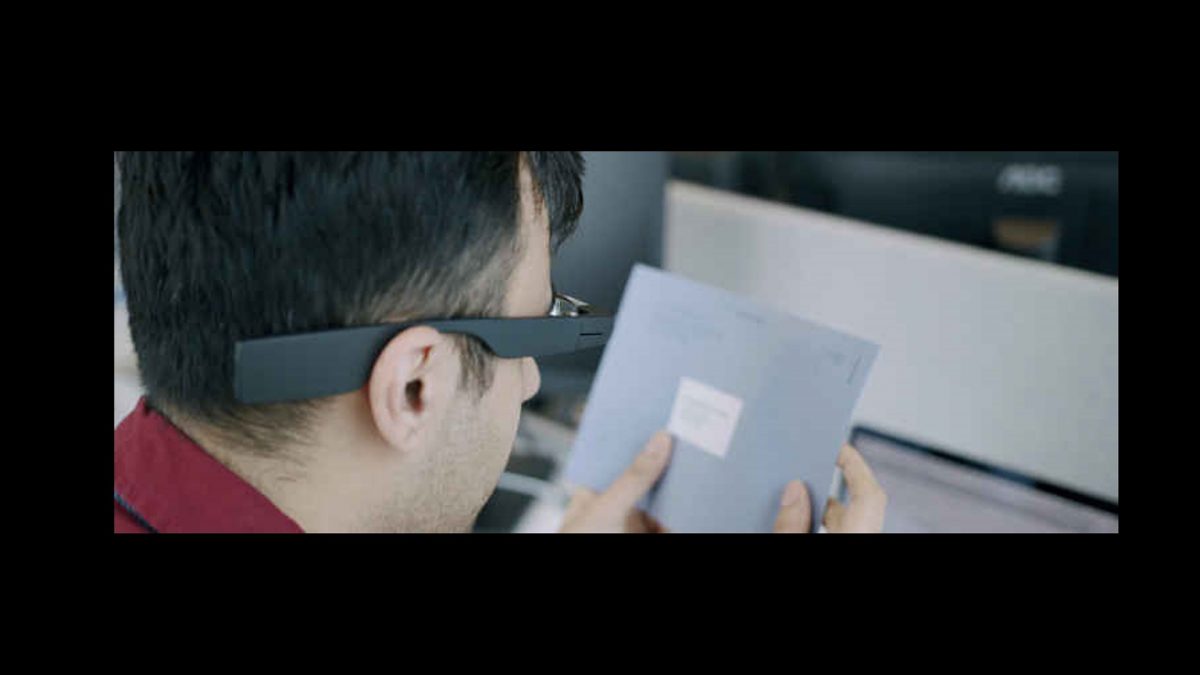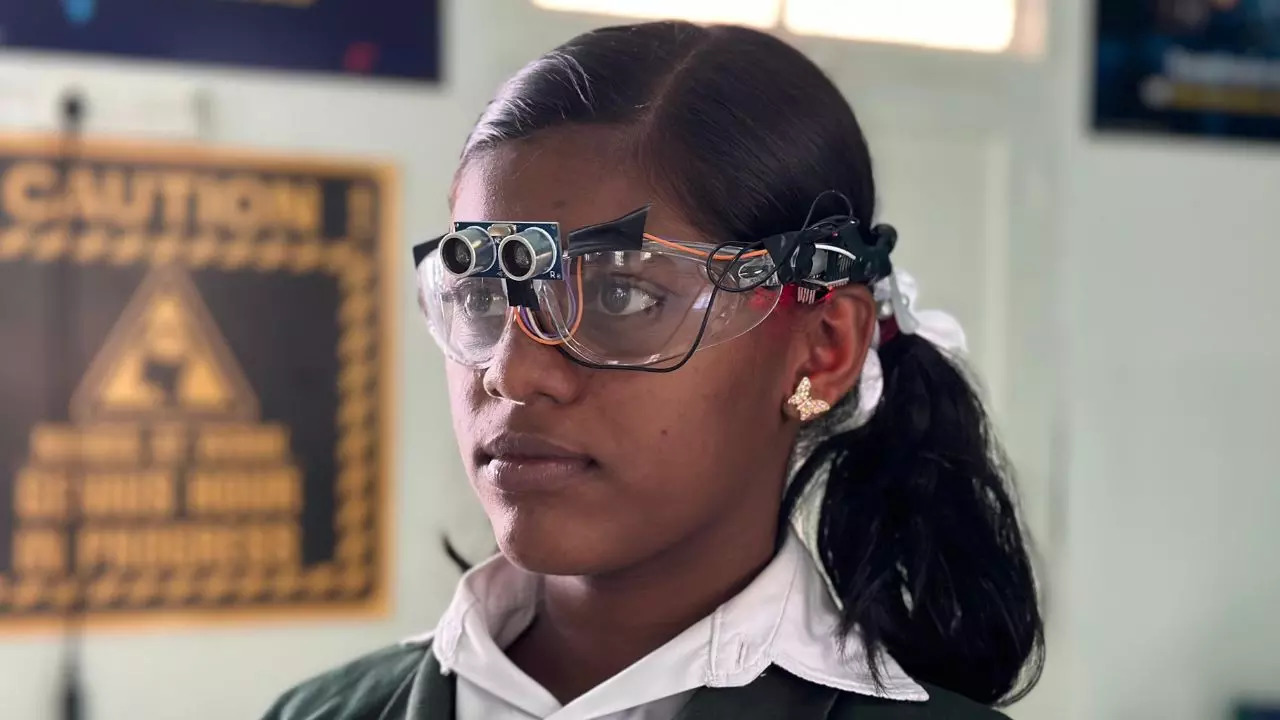Wearable Technology for Low Vision: Transforming How We Navigate the World
Enhancing Availability Via Assistive Modern Technology for the Blind
The assimilation of assistive innovation for the blind represents a pivotal advancement in access, basically changing exactly how individuals browse their atmospheres and engage with society. From display viewers to ingenious smart canes, these devices not only enhance freedom however likewise promote inclusivity in various spheres of life. As we discover the diverse kinds of assistive gadgets and their substantial impacts on day-to-day living, it ends up being essential to check out exactly how ongoing technical developments are improving the landscape of support for the blind area. What implications do these growths hold for the future of availability?
Summary of Assistive Innovation
Assistive technology refers to a variety of tools and software program designed to improve the abilities of people with disabilities, including those that are blind or aesthetically damaged. This technology plays a critical role in promoting freedom and enhancing the lifestyle for customers. By providing alternative methods for accessing info and doing everyday jobs, assistive technology equips individuals to browse their environments better.
The advancement and application of assistive modern technology embrace a range of principles targeted at cultivating access. These concepts include user-centered design, which prioritizes the needs and preferences of the individual, and the integration of innovation right into daily tasks. Such improvements make certain that assistive tools are not only useful but also intuitive and simple to make use of.
In addition, assistive modern technology incorporates a varied spectrum of remedies, from low-tech choices like magnifiers to sophisticated advancements such as screen readers and Braille display screens. The recurring development of this field is driven by the demand to attend to the distinct obstacles dealt with by people with aesthetic disabilities (Wearable technology for low vision). As technology remains to development, the potential for boosting availability and promoting inclusivity stays promising, inevitably contributing to an extra equitable culture

Kinds Of Assistive Gadgets
Numerous kinds of assistive devices are offered to support people who are blind or aesthetically impaired, each created to address certain needs and challenges. These devices can be extensively categorized into 3 main kinds: low-tech, mid-tech, and high-tech remedies.
Low-tech tools consist of items such as magnifiers, Braille labels, and responsive maps. These are fairly straightforward tools that improve the customer's capability to connect with their environment without needing intricate technology.
Mid-tech gadgets usually entail more advanced features, such as electronic magnifiers and portable Braille note-takers. These gadgets can provide performances like speech outcome, enabling individuals to gain access to info much more efficiently.

Effect On Daily Living
The schedule of different assistive devices significantly enhances the lifestyle for individuals that are aesthetically damaged or blind, impacting their day-to-day living in profound ways. By incorporating technologies such as display visitors, Braille displays, and audio summary services right into their routines, customers acquire greater freedom and self-reliance. These tools assist in access to details, allowing people to carry out day-to-day tasks, such as reading emails, navigating public rooms, and enjoying media material.
In addition, assistive devices encourage individuals to engage even more fully in social communications and community activities. The ability to make use of smartphones outfitted with ease of access attributes enables for smooth communication and connection with others. This connection promotes a feeling of belonging and decreases sensations of seclusion.
In expert setups, assistive technology supports how to be an eye doctor performance by allowing individuals to full work jobs efficiently. Tools like voice acknowledgment software program and specialized magnification gadgets allow customers to take part in the workforce on equivalent ground with their sighted peers.

Advancements in Innovation
Current technical advancements have substantially changed the landscape of devices readily available for individuals that are blind or aesthetically impaired. The assimilation of artificial intelligence (AI) and artificial intelligence has actually triggered applications that improve navigation and item acknowledgment. As an example, smartphone applications can now use AI to identify and define surroundings in real-time, supplying users with important contextual information.
In addition, innovations in haptic modern technology have actually led to the look here advancement of smart canes equipped with sensing units that identify barriers and offer responsive feedback. This empowers customers to navigate their environment with boosted confidence and freedom. Advancements in text-to-speech software and braille display screens have actually improved the access of digital web content, enabling for seamless communication with various media.
Wearable modern technologies, such as wise glasses, are also making strides in helping visual problems. These devices can give augmented fact experiences, overlaying critical info onto the customer's field of vision. Collectively, these innovations not only boost the quality of life for people who are blind yet likewise advertise greater addition in culture. As innovation remains to develop, the possibility for special info even more transformative tools continues to be imminent.
Future Trends and Innovations
As modern technology quickly progresses, the future of assistive tools for people who are blind holds immense promise. Technologies in expert system (AI) and device learning are positioned to reinvent the way blind customers engage with their atmospheres. AI-driven applications are being developed to boost item recognition, enabling users to recognize and navigate their environments with greater convenience and accuracy.
In addition, improvements in haptic feedback innovation are enabling the development of responsive maps and navigation help that offer real-time details via touch. These developments not only boost movement however additionally foster self-reliance. Additionally, wearable devices furnished with augmented fact (AR) functions are arising, offering individuals aesthetic details with sound descriptions, consequently bridging the space between the physical and digital worlds.
Additionally, the assimilation of wise home modern technology provides brand-new possibilities for availability, permitting people to control their living settings through voice commands or smartphone applications. As collaboration in between tech designers and the blind area proceeds, the concentrate on user-centered design will certainly make sure that future developments are tailored to fulfill the special demands of this population (Wearable technology for low vision). The trajectory of assistive innovation guarantees a more comprehensive and empowering future for individuals that are blind
Final Thought
In conclusion, assistive modern technology plays a vital duty in enhancing access for people with aesthetic problems. Continuous developments in modern technology and user-centered style make sure that these tools provide efficiently to the distinct requirements of the blind neighborhood.
The assimilation of assistive innovation for the blind stands for a crucial improvement in availability, essentially modifying how individuals browse their atmospheres and involve with culture.Assistive modern technology refers to a variety of gadgets and software program made to improve the capabilities of individuals with specials needs, consisting of those that are visually damaged or blind. Wearable technology for low vision.As innovation rapidly advances, the future of assistive tools for people who are blind holds enormous assurance. The trajectory of assistive technology guarantees a much more empowering and comprehensive future for individuals that are blind
In verdict, assistive modern technology plays an essential duty in improving accessibility for people with visual disabilities.